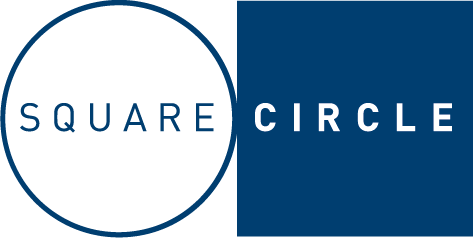Regaining control from unions
Regaining control from unions, Chemical production company, Antwerp, workforce of 250.
- Tense social climate and repeated social crises have totally ruined the working atmosphere
- Employees are demotivated by recurring internal problems
- Absenteeism is increasing month after month
- Investment budgets are severely limited by the crisis
- Still, the factory must be run more efficiently to stay competitive

- The challenge: demonstrate to employees, but also to management that they can change/improve a lot themselves
- Management needs to “take back” the factory to avoid downsizing
ANALYSIS
Listening sessions at all levels (individual) and in group for the teams to get to the bottom of a number of trouble spots from the recent SD Works survey (no duplication of effort)
Action points formulated around the following themes:
1.Sustainable trust of directors/management/employees
2.Increase future-oriented leadership N-1, N-2, N-3
3.Productive time management with efficiency improvements and coordination arrangements
4.Develop more efficient work organisation for 2 sub-activities
5.Develop stimulating communication, coordination and consultation throughout the company
6.Cascade inspiring and motivating strategy throughout the plant
7.Renewed dialogue with the social partner: move on from the past, make new agreements in consultation
APPROACH
- Step-by-step plan over 3 years
- Year 1: focus on strengthening trust by making better use of the N-3s
- Organisational structure redesigned and responsibilities clearly defined.
- Initiative to start with a fixed monthly communication
- Monthly consultation of management and N-3s started, to keep a finger on the pulse and to be able to work with a more anticipatory approach
- Tackling absenteeism with a clear policy Addressed recurring disruptions with a major budget impact to free up existing resources for investments
RESULTS
- After six months, positive signs of “peace process” were already detectable in terms of industrial relations.
- A whole series of problems have been addressed that were previously swept under the rug or concealed.
- Many actions have led to “quick wins” in terms of cost savings and have made more room for investments that boost competitiveness.
- A number of trouble spots in terms of inadequate management have been addressed and permanently resolved.
- For the first time in 30 years, the 3-yearly shutdown was carried out on time and within budget
- The factory has learnt that a lot of intrinsic added value can be tapped into to remain competitive.
